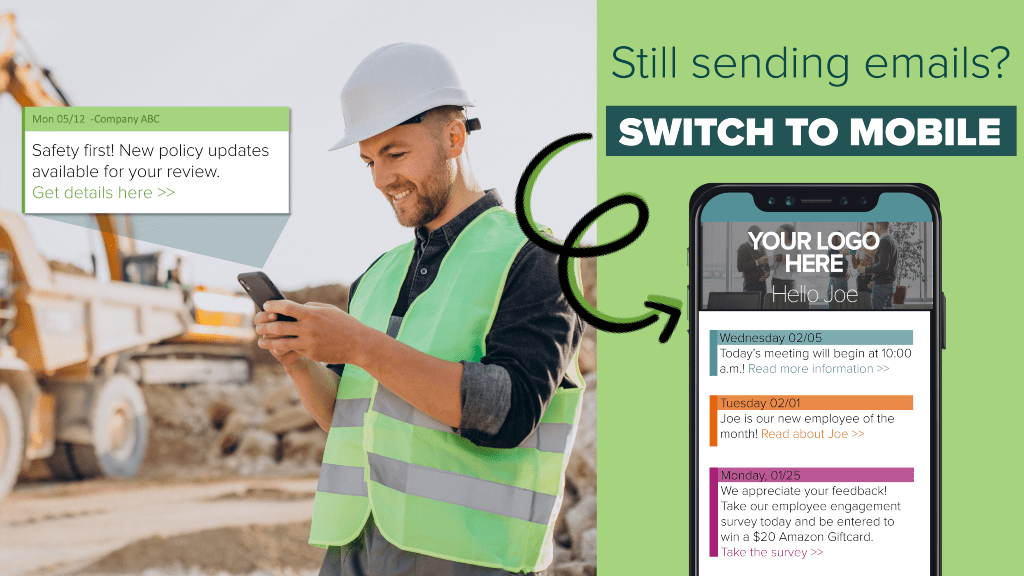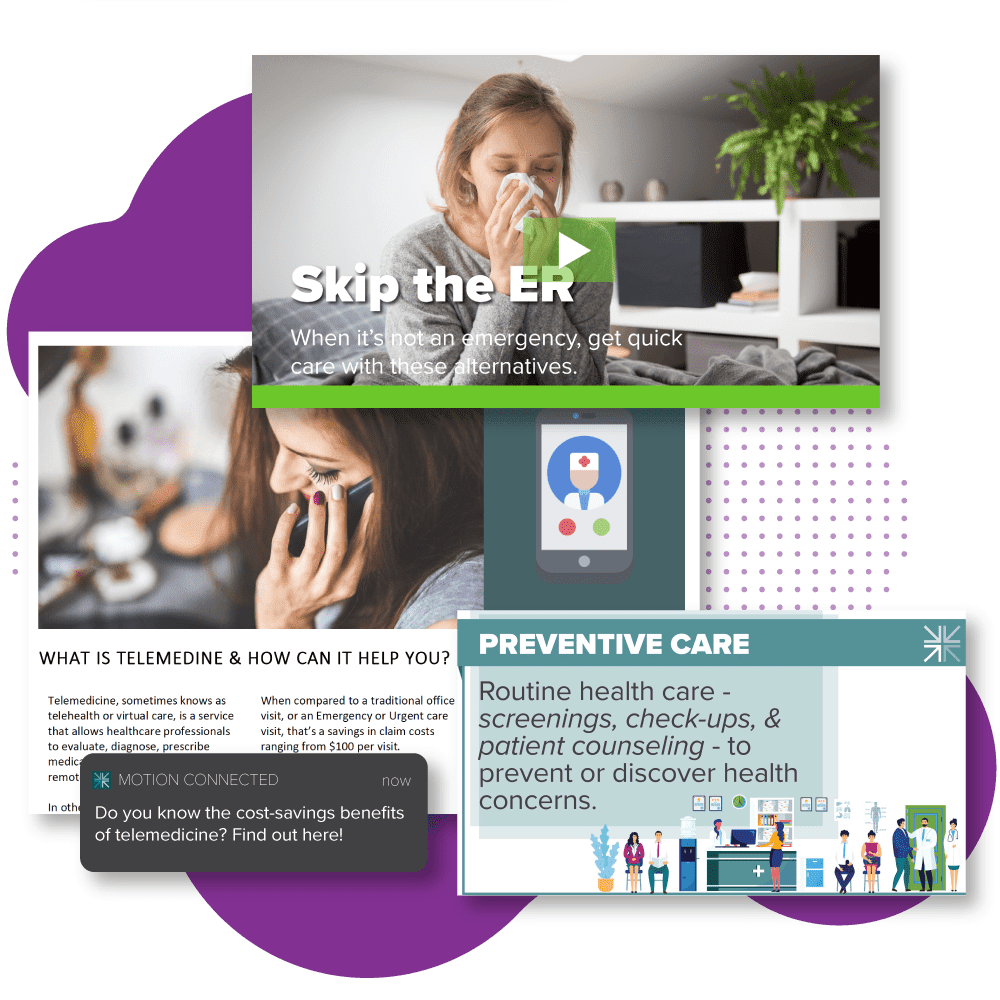




OSHA Withdraws COVID-19 ETS, but Not the Proposed Permanent Rule
On Jan. 25, 2022, OSHA provided notice that it is withdrawing its COVID-19 vaccination and weekly testing emergency temporary standard (ETS). The withdrawal will be effective once the notice is published in the Federal Register. The expected publication date is Jan. 26, 2022.
The ETS was adopted to protect unvaccinated employees working for employers with 100 or more employees from the risk of contracting COVID-19. This ETS required employers to adopt either a mandatory vaccination policy or a weekly testing and face-covering policy for all employees. When the ETS was published, OSHA also stated it was using the ETS as a proposed rule. OSHA is required by federal law to publish and accept public commentary on proposed rules before promulgating a new permanent occupational safety and health standard.
OSHA’s Withdrawal
On Jan. 13, 2022, the Supreme Court of the United States (SCOTUS) stayed the vaccination and testing ETS. Because of this ruling, OSHA is withdrawing the ETS as an enforceable ETS. However, the agency is not withdrawing the ETS as a proposed permanent rule, and the standard rule-making process will continue.
Impact on State Plans and Employers
States with OSHA-approved plans must implement and enforce workplace standards that are at least as effective as federal standards. However, since there are no new federal vaccination or testing requirements at this time, state plans are not required to take any action.
Similarly, employers are not required to comply with OSHA’s ETS at this time. However, employers are still expected to provide a safe and healthy workplace for their employees and follow other existing OSHA COVID-19 guidance. Employers should also monitor OSHA communications for information about the possible permanent standard.
Requirement Generally Applies to Group Health Plans Providing Prescription Drug Coverage
Group health plan sponsors are required to complete an online disclosure form with the Centers for Medicare & Medicaid Services (CMS) on an annual basis and at other select times, indicating whether the plan's prescription drug coverage is creditable or non-creditable. This disclosure requirement applies when an employer-sponsored group health plan provides prescription drug coverage to individuals who are eligible for coverage under Medicare Part D.
The plan sponsor must complete the online disclosure within 60 days after the beginning of the plan year. For calendar year health plans, the deadline for the annual online disclosure is March 1, 2022.
Employers that are required to report to CMS should work with their advisors to determine whether their prescription drug coverage is creditable or non-creditable. They should also visit CMS' creditable coverage website, which includes links to the online disclosure form and related instructions.
Group health plan sponsors are required to complete an online disclosure form with the Centers for Medicare & Medicaid Services (CMS) on an annual basis and at other select times, indicating whether the plan's prescription drug coverage is creditable or non-creditable. This disclosure requirement applies when an employer-sponsored group health plan provides prescription drug coverage to individuals who are eligible for coverage under Medicare Part D.
The plan sponsor must complete the online disclosure within 60 days after the beginning of the plan year. For calendar year health plans, the deadline for the annual online disclosure is March 1, 2022.

3 Hybrid Work Model Mistakes to Avoid
It’s no shock that the COVID-19 pandemic fueled a pivot towards remote work. And as workplaces reopen, a significant number of employees want to retain their remote status. To accommodate this desire, many employers are using a hybrid work model, allowing employees to work in person some of the time and remotely for the rest. Within this model, it’s critical for employers to understand potential pitfalls and adapt as necessary.
Here are three common hybrid work model mistakes to avoid.
1. Inadequate Policies
If employers don’t have clearly defined hybrid policies detailed in writing, employees and their managers may not understand expectations, which could lead to confusion, improper conduct or missed deadlines. Among other topics, a hybrid work policy might include details on who is eligible for hybrid work, scheduling expectations and technology specifics.
2. Unfamiliar Leadership
While many employees may want to work at least some of the time remotely, leadership might feel differently, preferring in-person work. This can be problematic when these same people write and enforce workplace policies. It may be insightful for management to also try out hybrid work or discuss concerns with those participating in a hybrid schedule.
3. Inconsistent Communication
Staying up to date on timely developments is a constant struggle for most workplaces. While multichannel communication can reach dispersed workers and is generally an effective tool, employees still need to know where to expect messages to come from. A workplace may standardize communications through a messaging platform or intranet to keep employees informed.

Loop Your Communication and Resources Together with Forsite EXP >>
Forsite EXP is the ultimate employee experience platform. This customizable app helps employers reach employees on their smartphone with important company updates and healthcare education, and provides benefits support as they navigate unique healthcare needs.
Employer Takeaway
When properly implemented, hybrid work models can provide flexibility to workers while still maintaining operational productivity. Read more on 5 HR Trends to Monitor, including hybrid workplace sustainability.

3 Strategies for Reducing Benefits Costs in 2022
Health care costs continue to rise each year, and 2022 will be no exception. In the new year, experts predict a 6.5% increase in medical costs alone, according to PricewaterhouseCoopers.
With this increase in mind, employers will want to strategize methods to rein in benefits spending.
1. Consider Alternative Plan Modeling
Instead of raising premiums, which may push employees away, employers can think about offering alternative health plan models. These include consumer driven health plans and various self-funded plan models. At their core, alternative plan models give more control to employees and employers about how health care dollars are spent.

2. Promote Health Care Literacy
The idea of health literacy is that if employees better understand their health care options, they can save more money and improve their overall well-being. Any amount of health literacy can go a long way toward keeping health costs down in 2022. Arming employees with answers to basic questions such as “What does my plan cover?” and “Where should I go for treatment?” can help them take better control over their health choices and make wiser decisions, ultimately driving your organization's premium down.
The moral of this story is to educate your employees on confidently navigating healthcare. Give them access to resources on;
- Smart healthcare navigation
- Healthcare money-saving tips
- Proactive healthcare
3. Explore Telemedicine Solutions
In basic terms, telemedicine allows consumers to visit their doctor over the internet. These appointments are often much more affordable compared to in-person visits. As of mid-2021, 46% of consumers were using telemedicine to replace in-person health visits they had originally planned, according to a McKinsey and Company survey. Those figures are expected to rise in 2022 as the cost savings of telemedicine are more widely understood.

5 Must-Do's for Employee Orientation
Employee orientation is an important piece of HR and employee management. A formal orientation is essential to setting a new hire up for success and helping your company maintain the corporate image and values you portrayed during the interview process. Employee orientation can also be designed for current staffers who are being promoted to a new position within the company and need a similar type of program.
The content herein is provided for general information purposes only, and does not constitute legal, tax, or other advice or opinions on any matters. This information has been taken from sources which we believe to be reliable, but there is no guarantee as to its accuracy.
Copyright © 2020 HR 360, Inc. All rights reserved.
